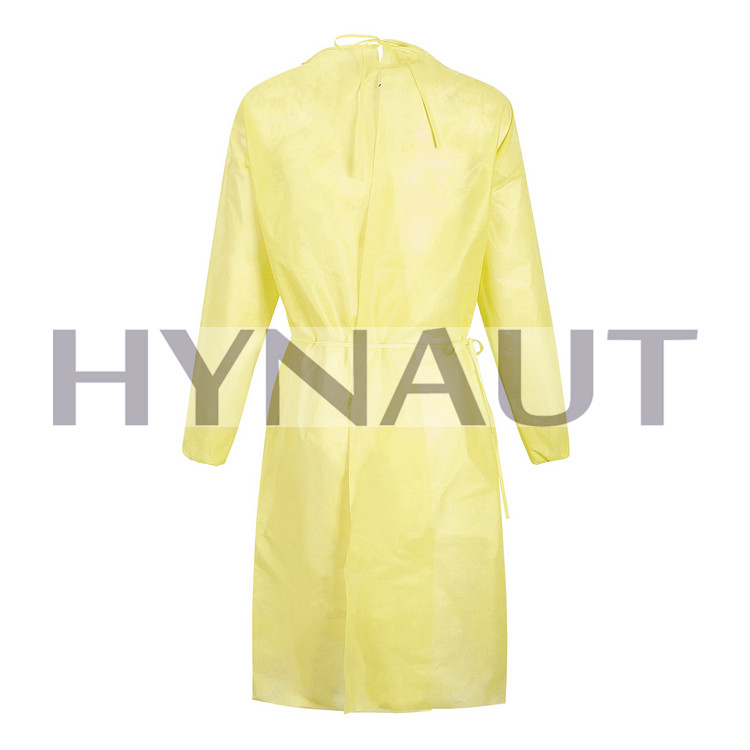
1. The fabric itself does not produce hair dust: as it is worn in the clean room, it is required that the fabric can not be the source of hair dust in the clean room, which determines that the ultra clean fabric can only be produced by chemical synthetic long fiber. However, cotton, hemp, silk and other natural staple fibers can not be used in ultra clean fabrics, although these raw materials can make the wearability of fabrics better. At the same time, it is required that the selected chemical fiber filament should also strictly control the amount of dust. Generally speaking, fully dull polyester filament is not suitable for weaving antistatic and ultra clean fabrics. Because the matting agent titanium dioxide added in polyester production will become a source of pollution.
2. The fabric should have good dust filtering property: the dust in the clean room mainly comes from the indoor flowing air and the indoor active human body. When the equipment conditions are determined, to improve the cleanliness is to control the tiny dust generated by human body in the clothing as much as possible, and let it pass through the fabric and enter into the air. This is the so-called fabric filter rate to be high. Improving the dust filtration rate is at the cost of sacrificing the air permeability of the fabric, so knitted fabrics and woven fabrics with loose weave are not suitable for clean rooms.
If you want to know more about Isolation Gowns, please contact us

